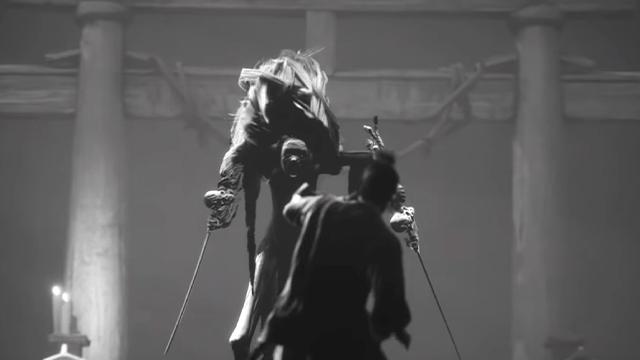Trek to Yomi takes us back to feudal Japan… again. Two of the best games of recent years, Sekiro and Ghost of Tsushima, shared this setting, and those are lofty heights for which to aspire. My big question heading into the game was if it could distinguish itself from its peers and shine a unique light with its tale of a lone…
-
Some truly beautiful scenes that capture Kurosawa's work.
-
The experience is worth the asking price.
-
Combat is made shallow by the stun mechanic.
-
Narrative is simplistic and trite.
-
Sometimes hard to see your character on-screen.











